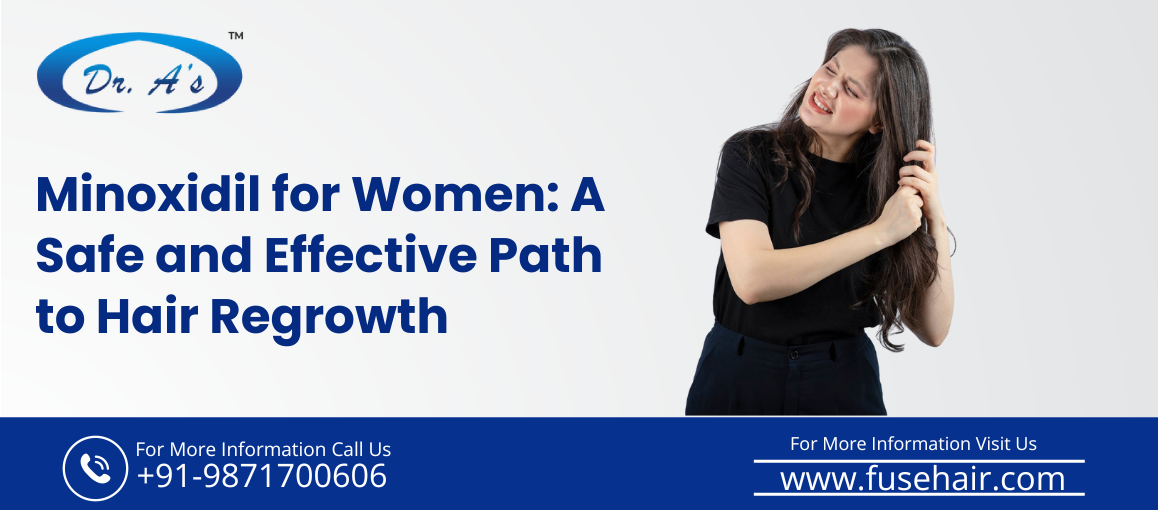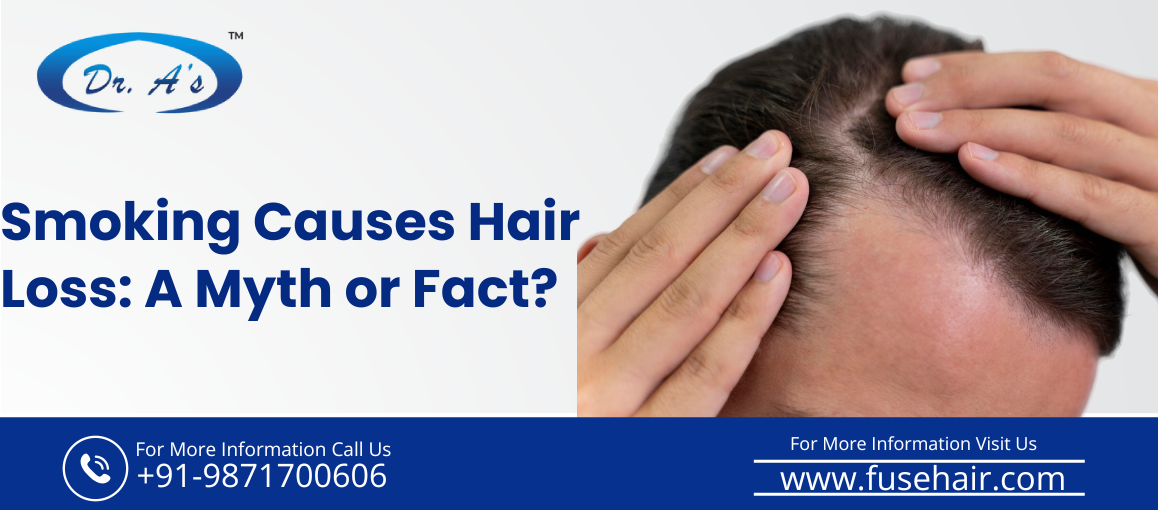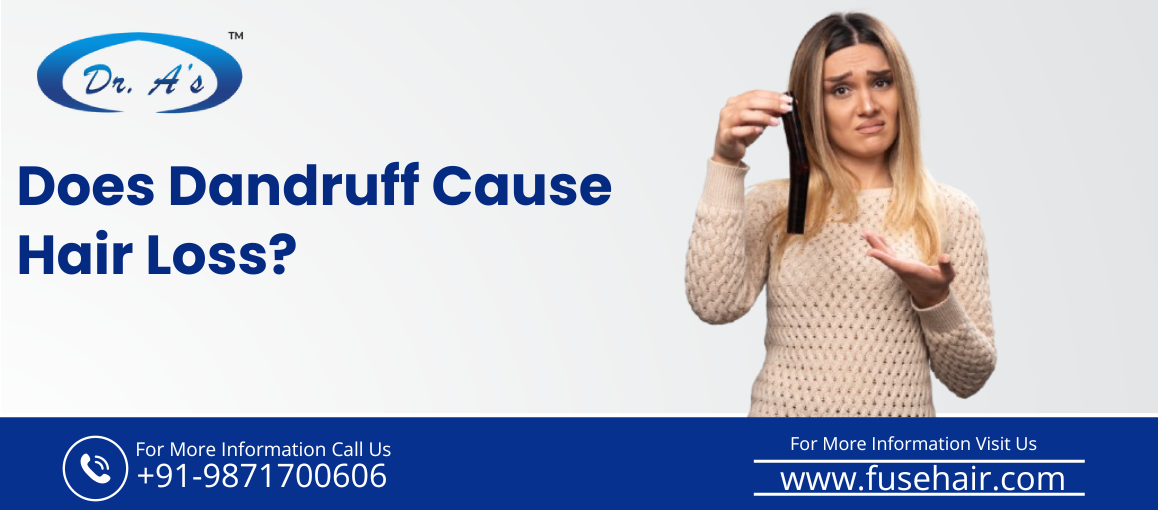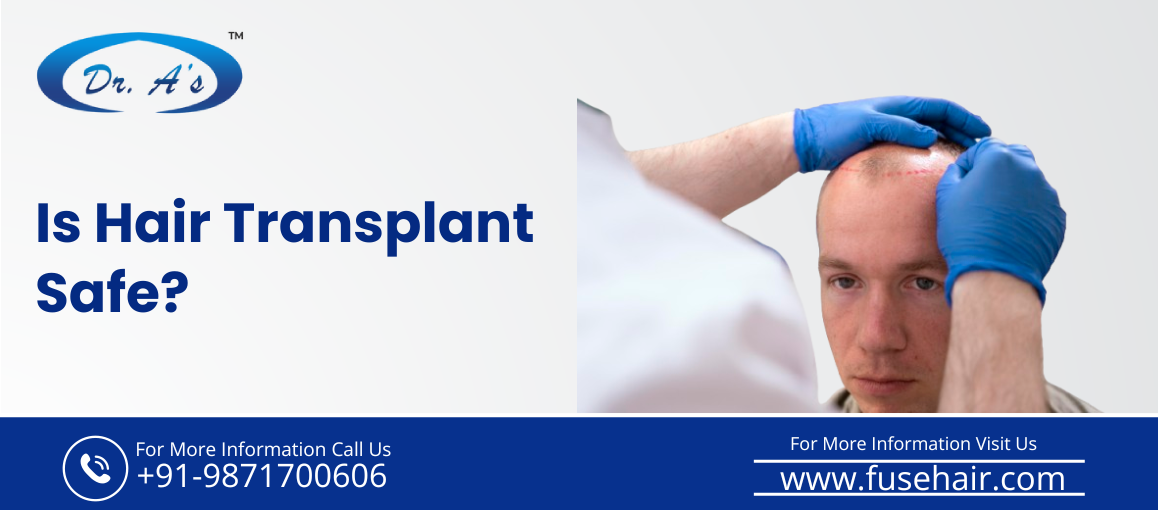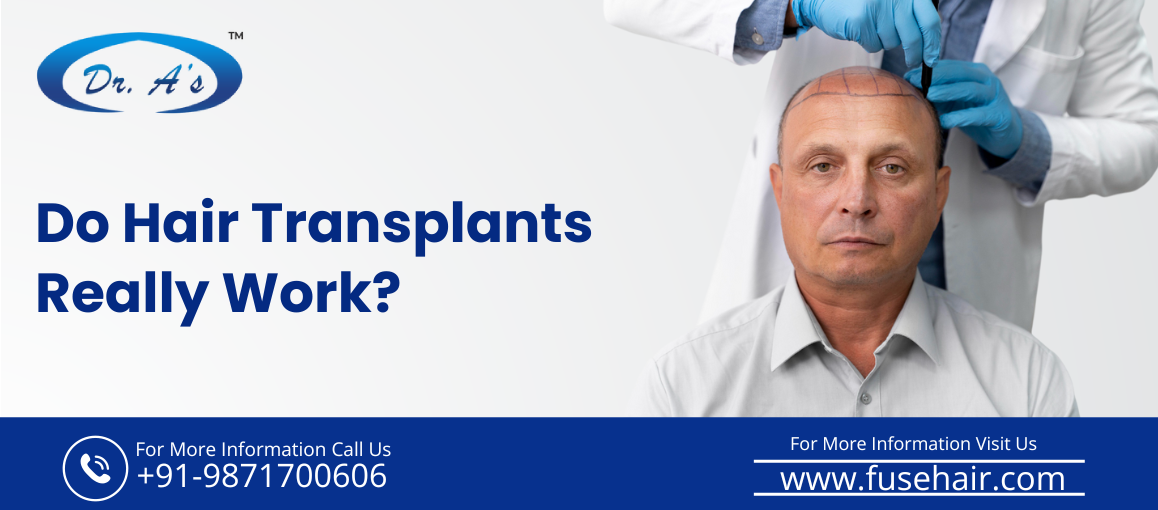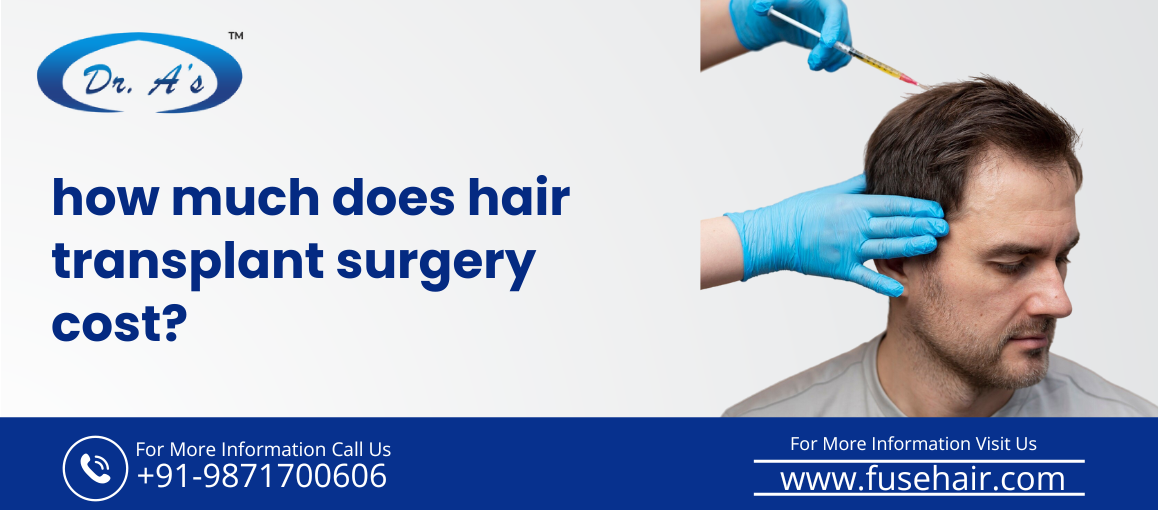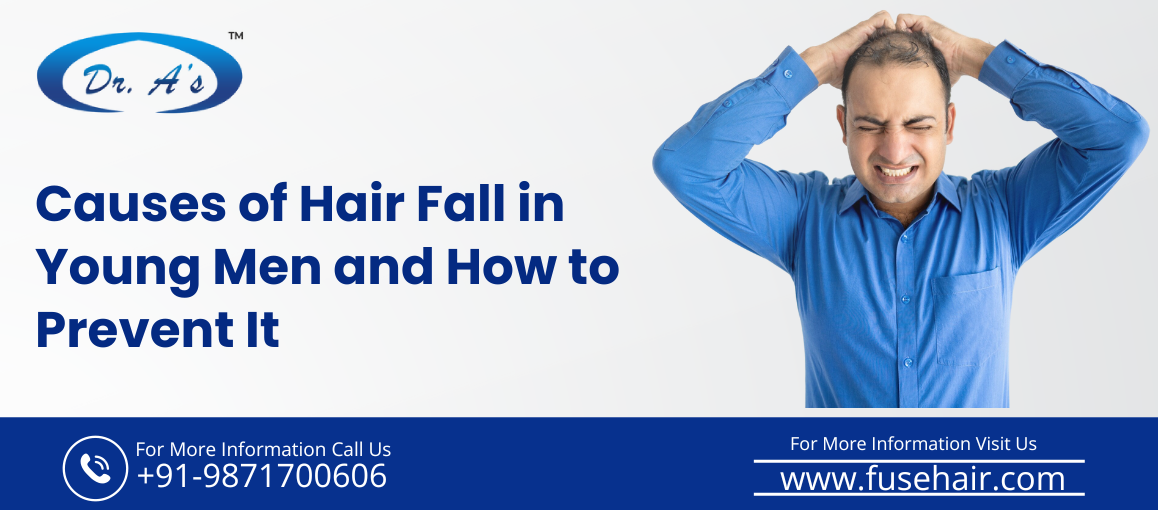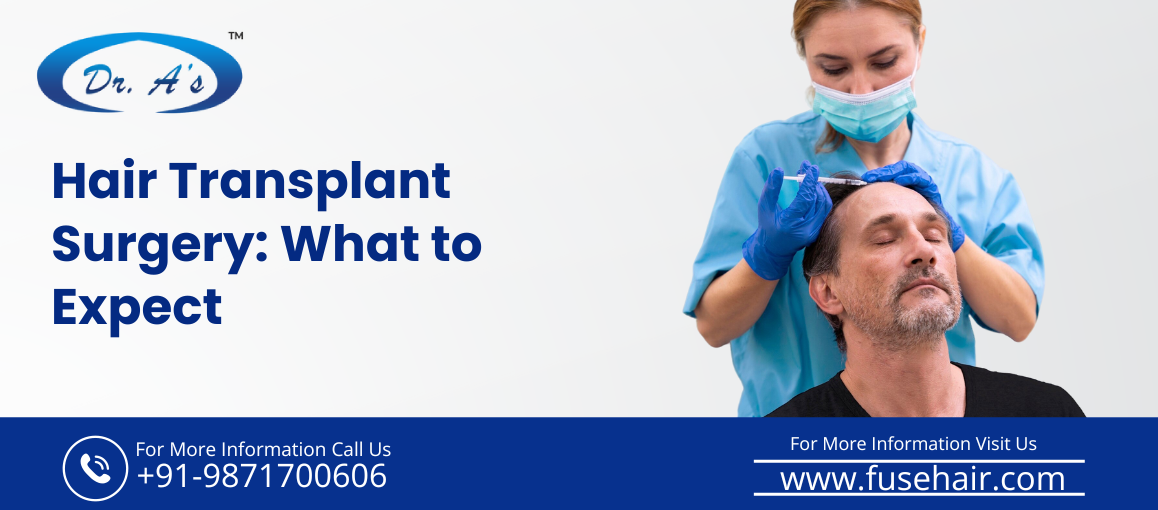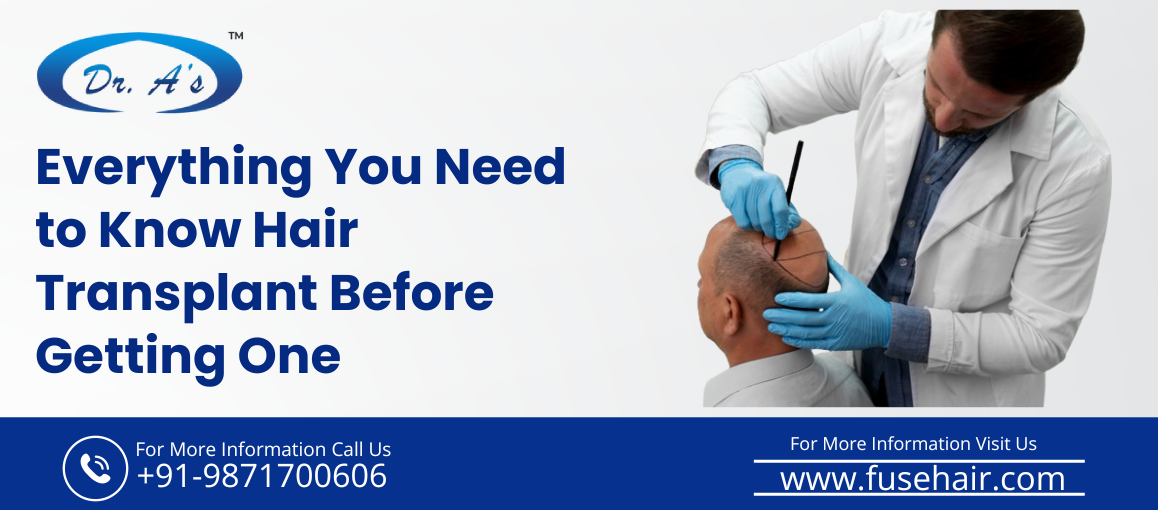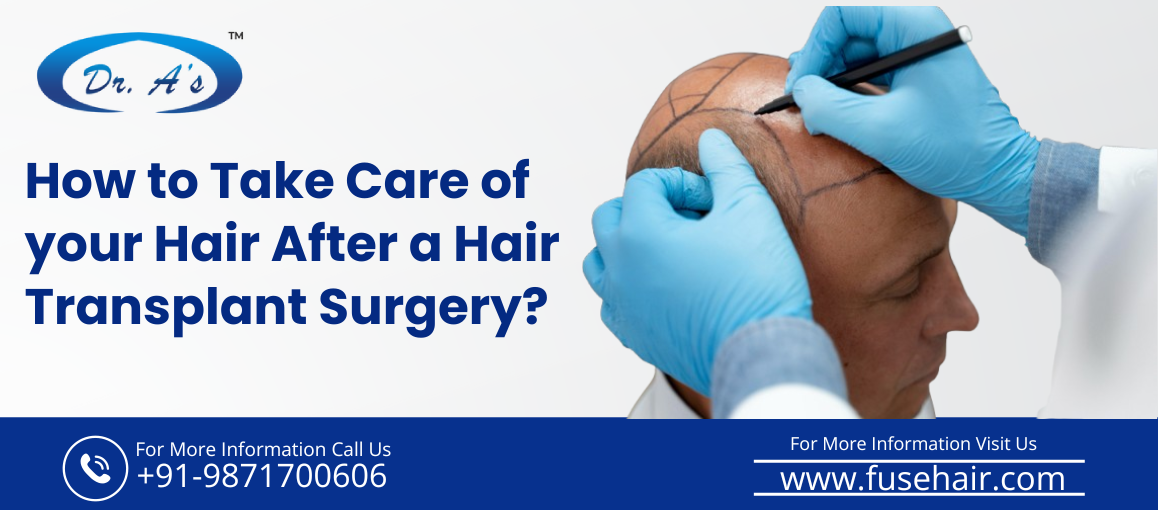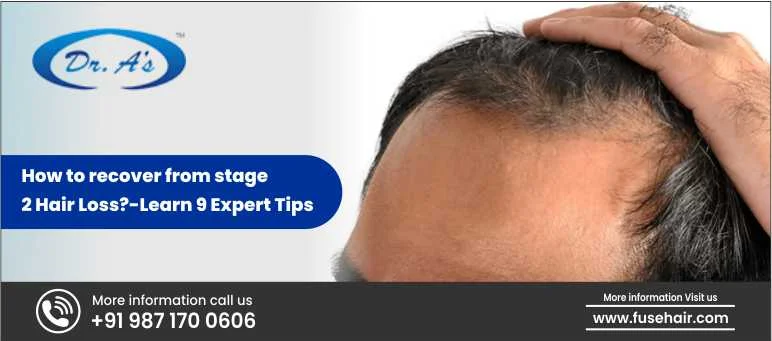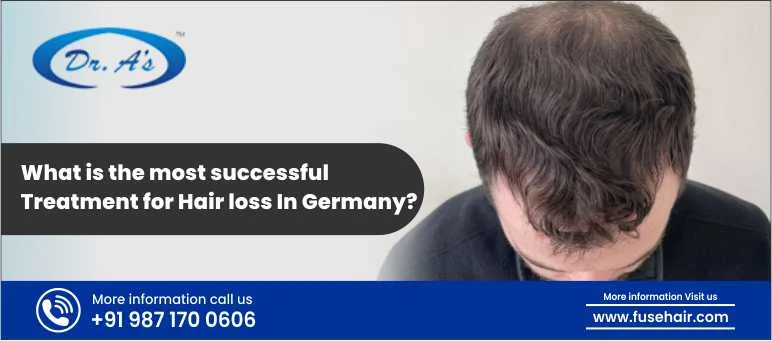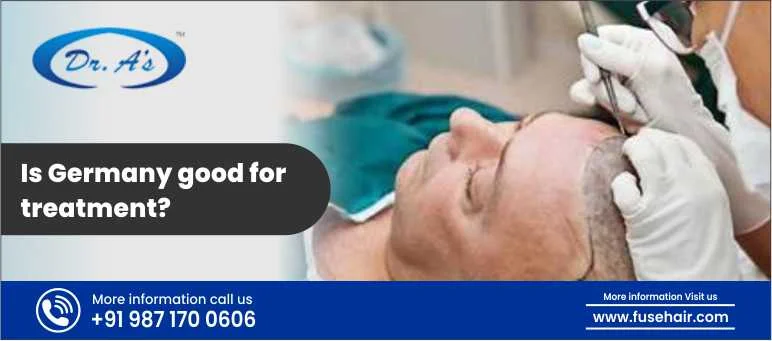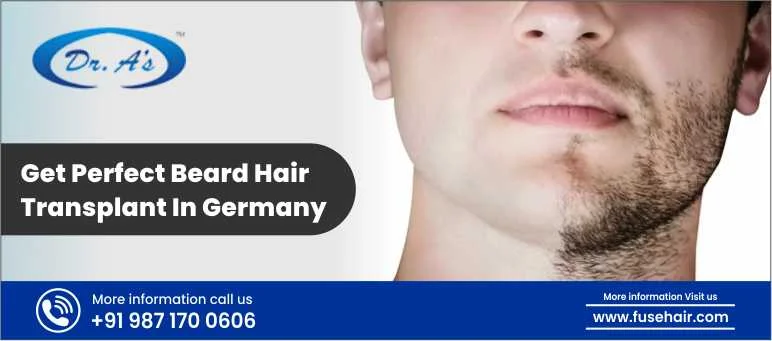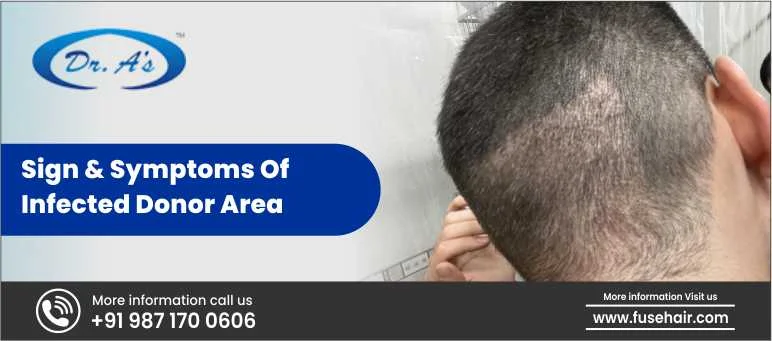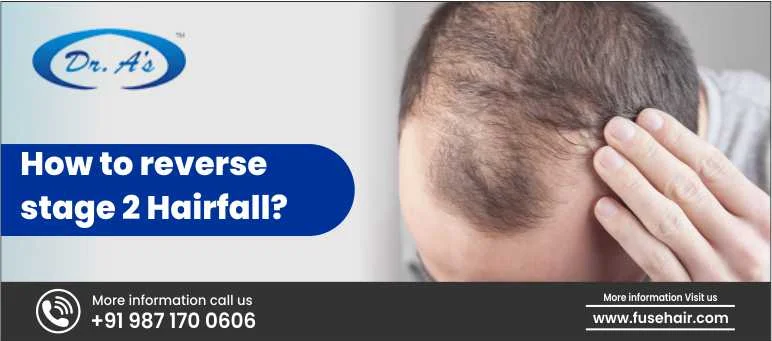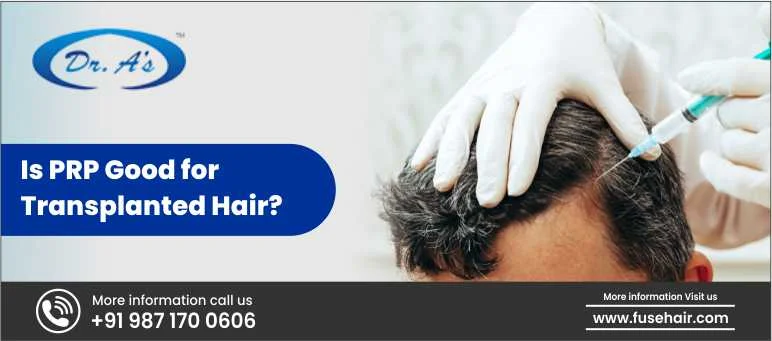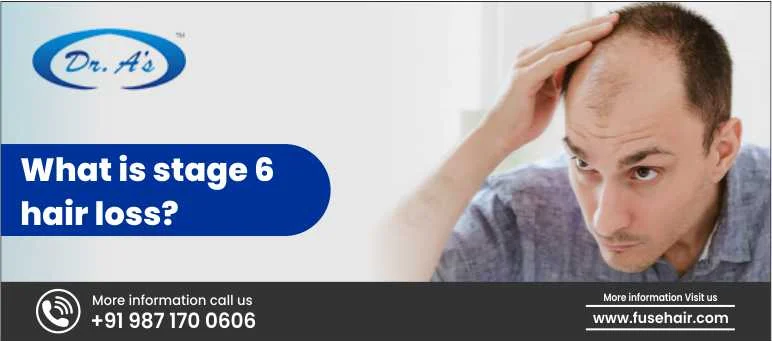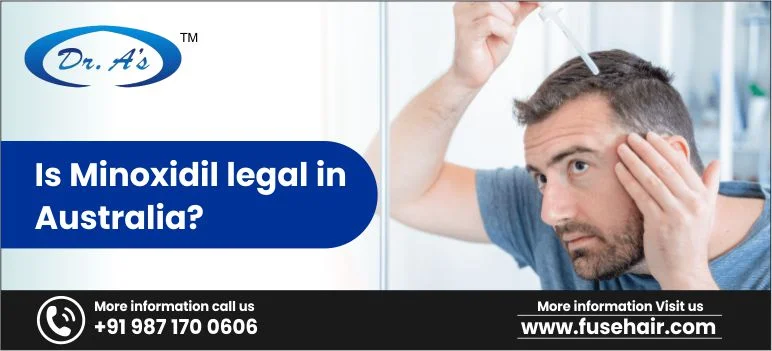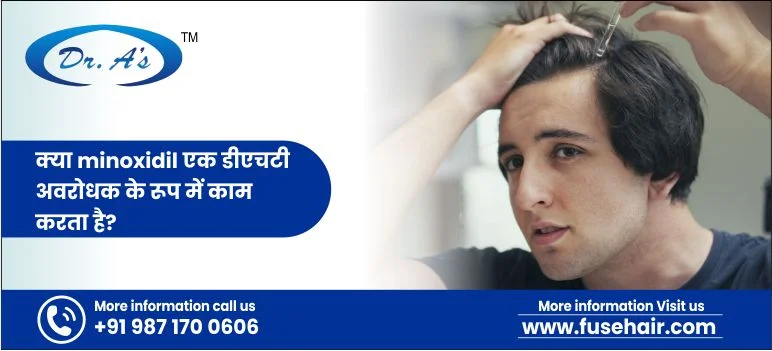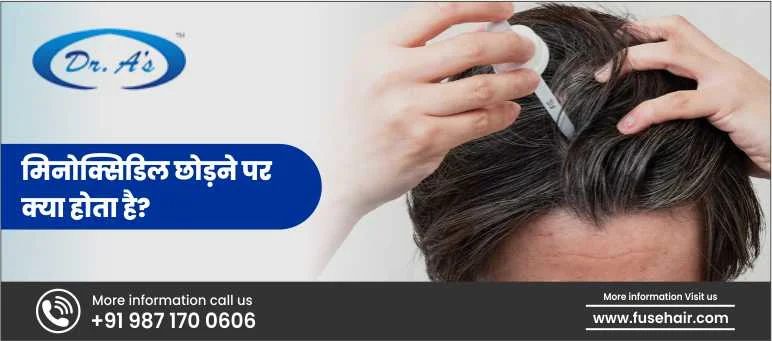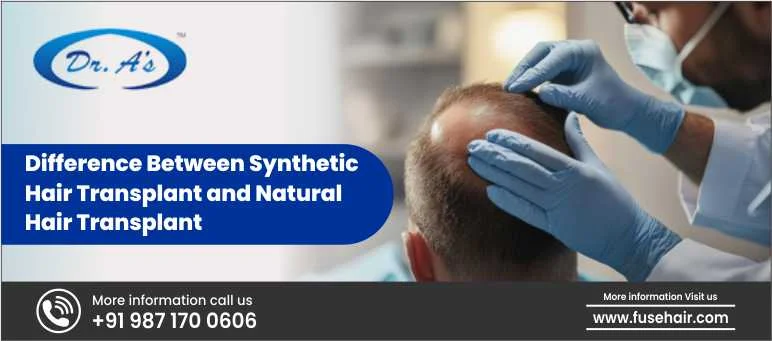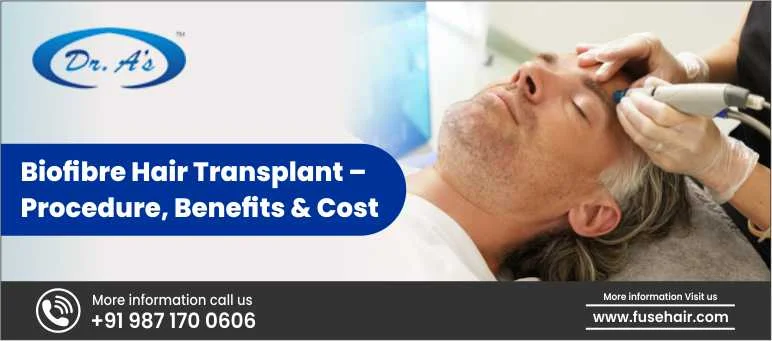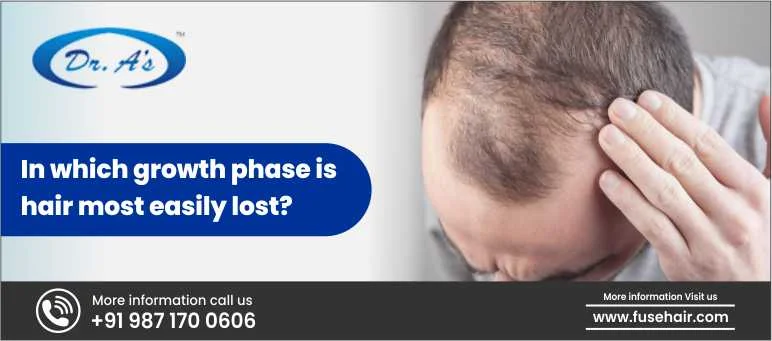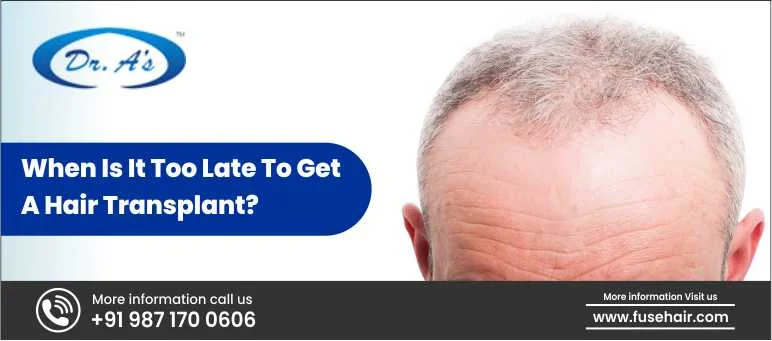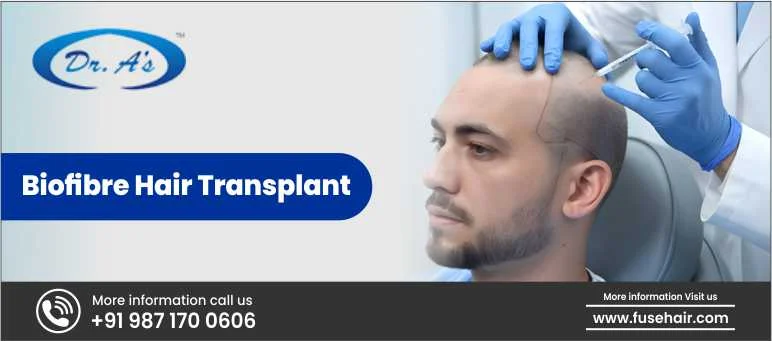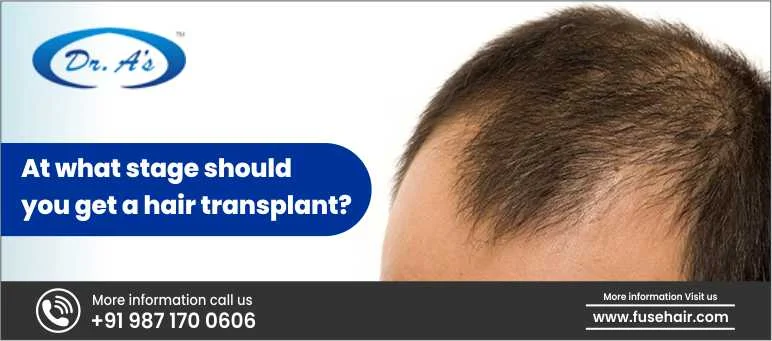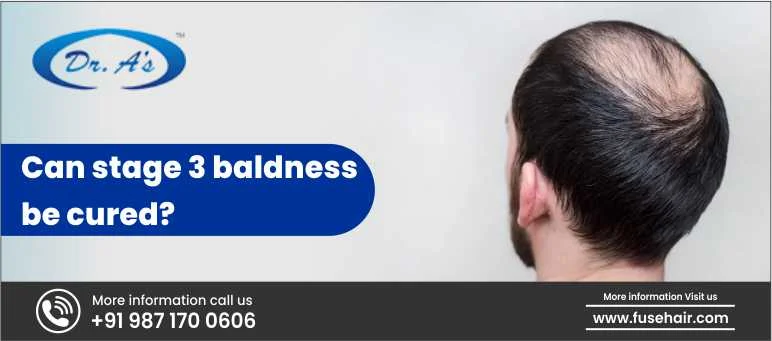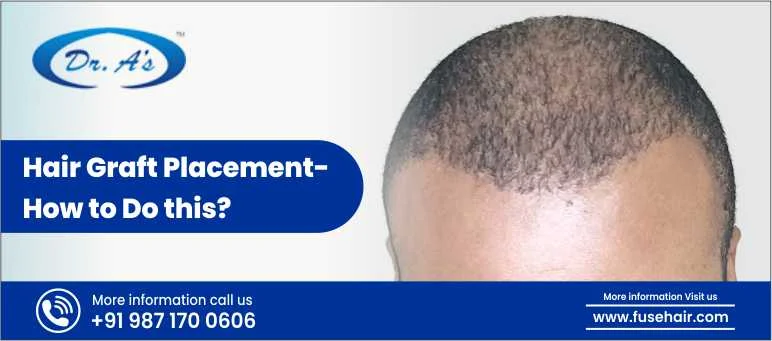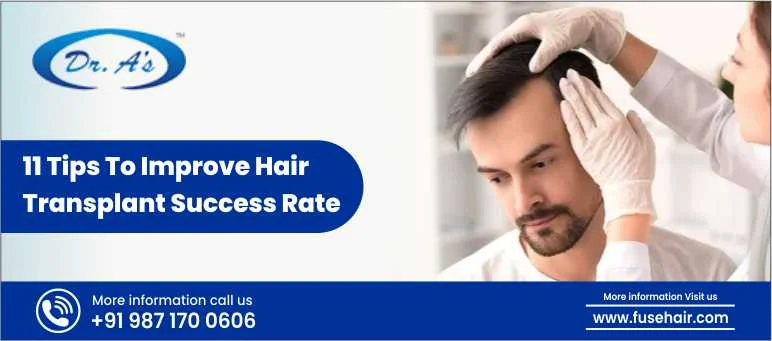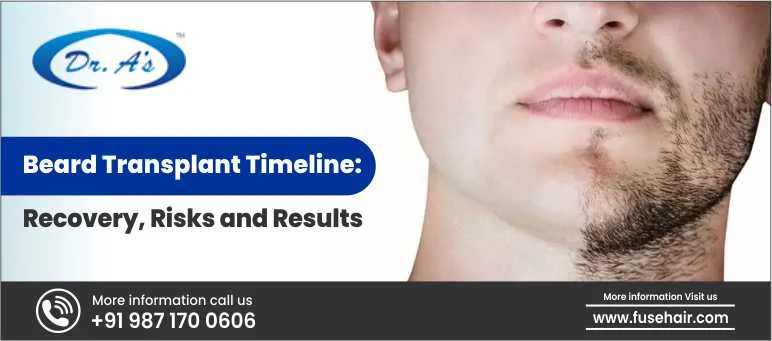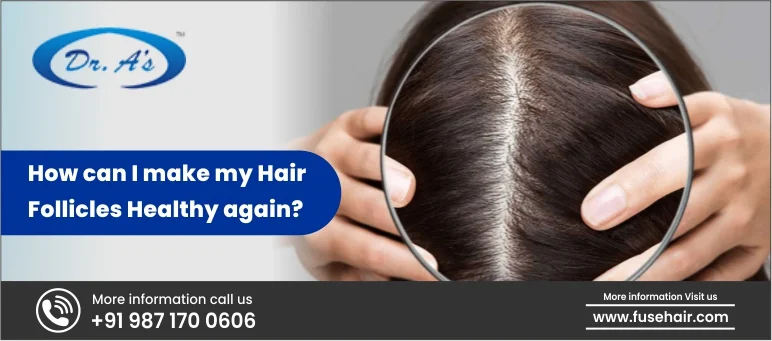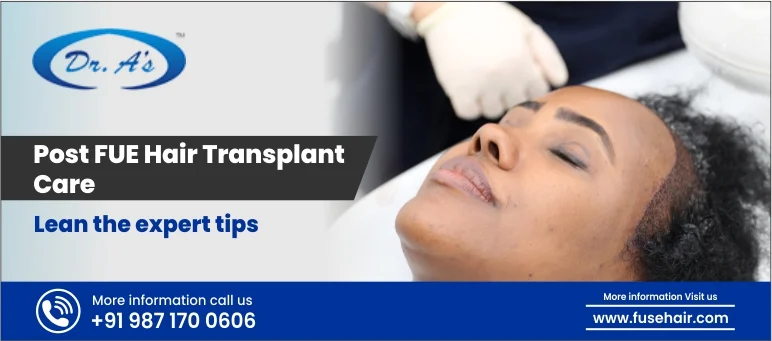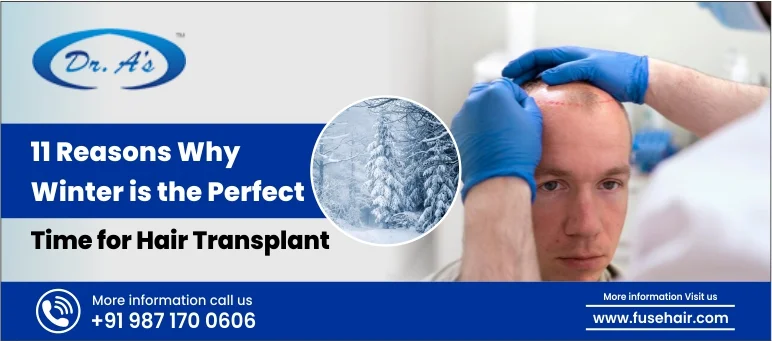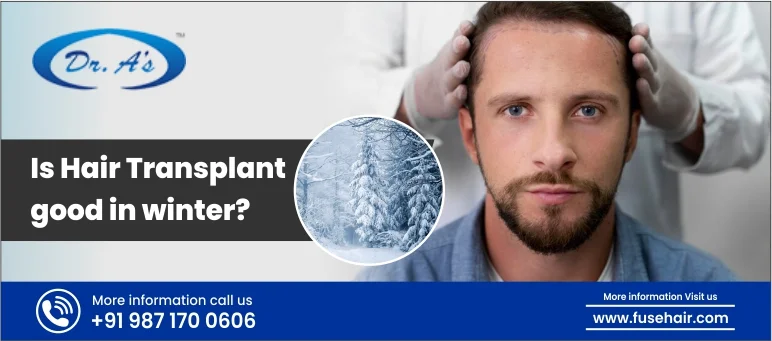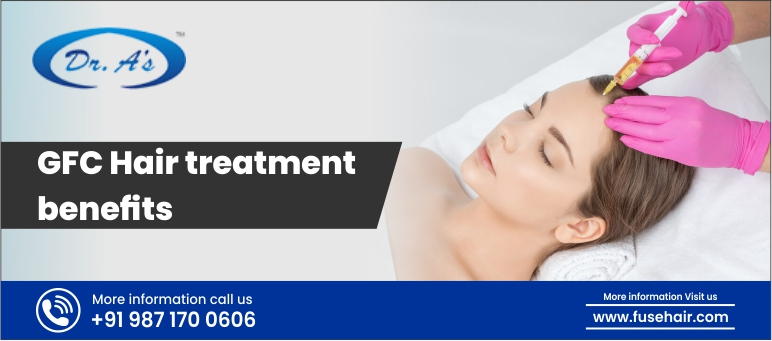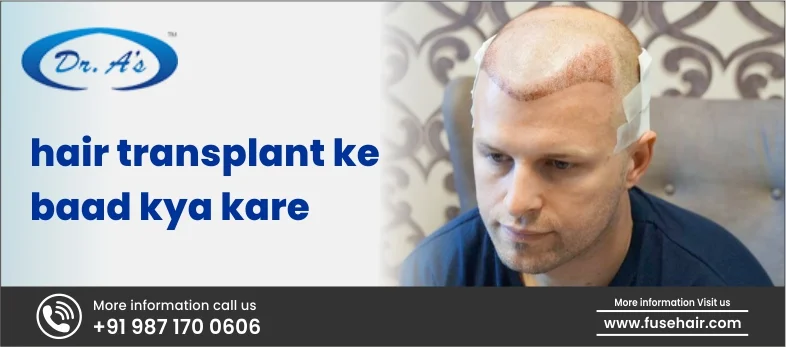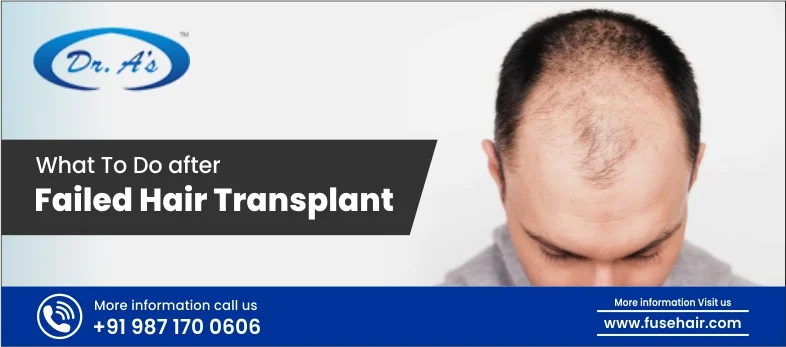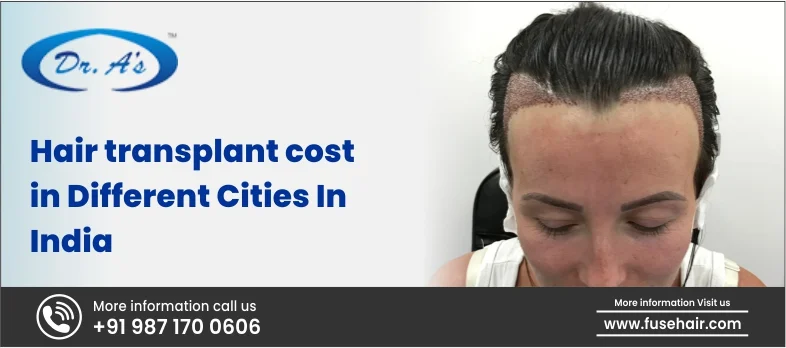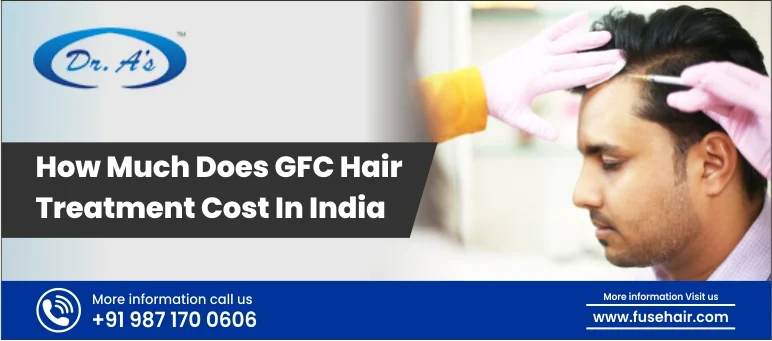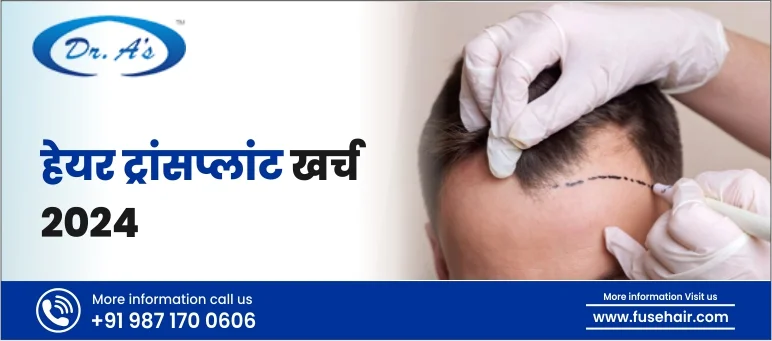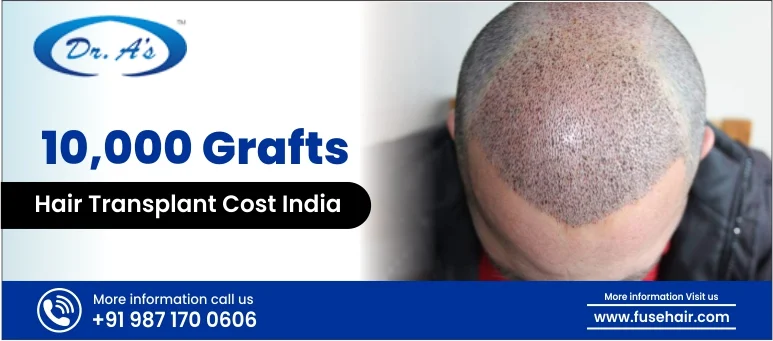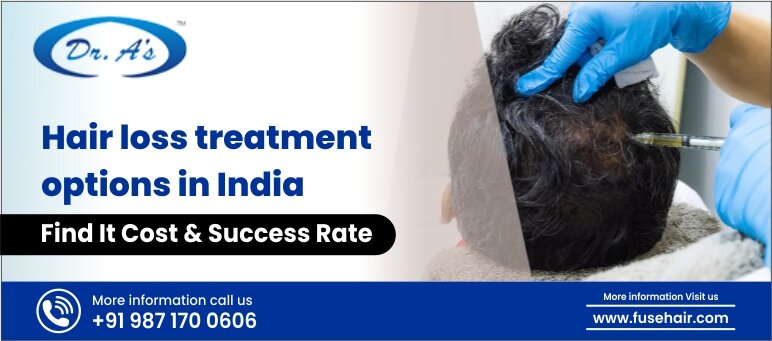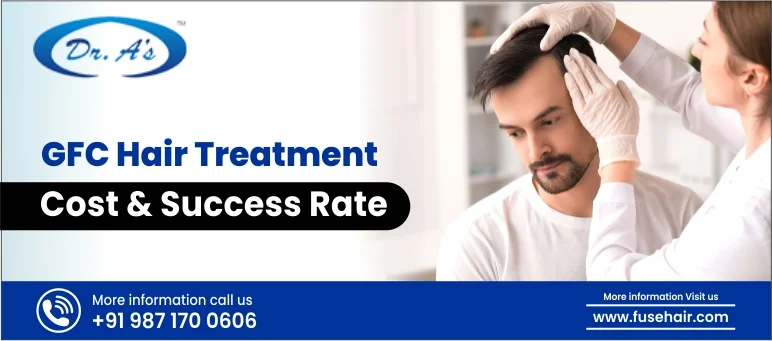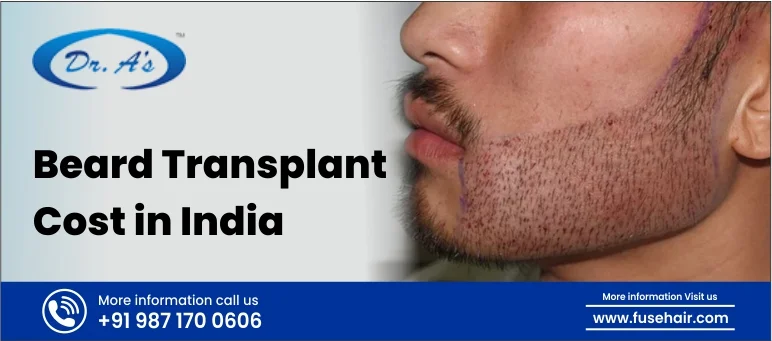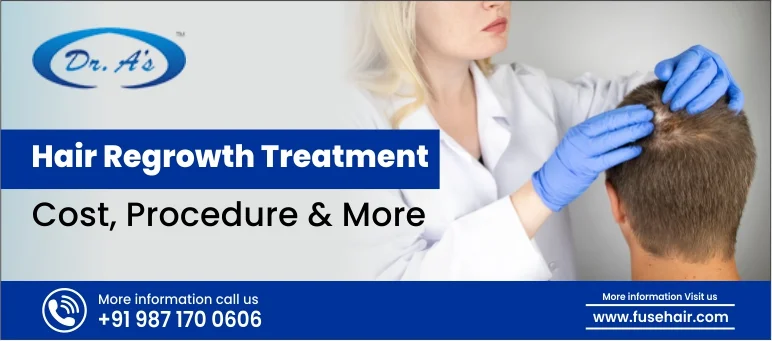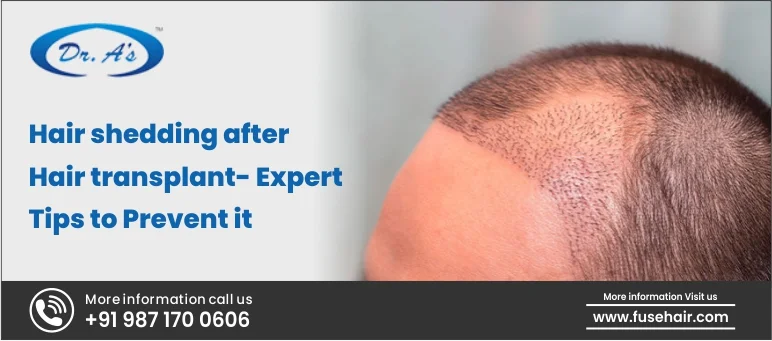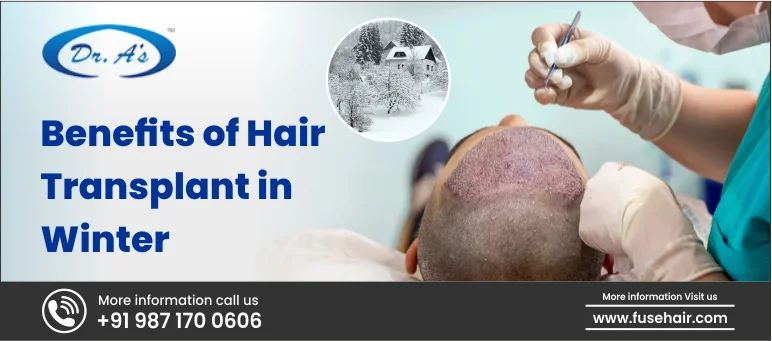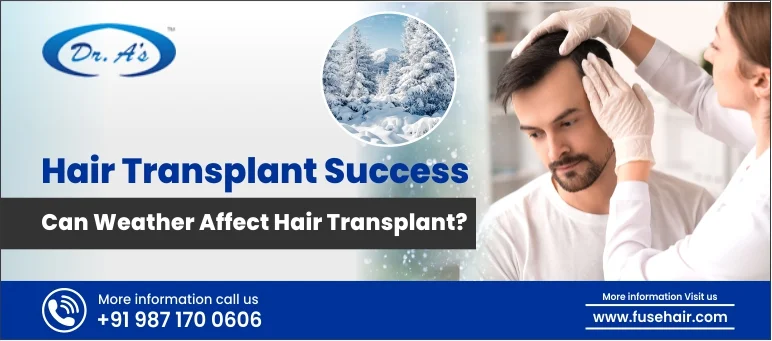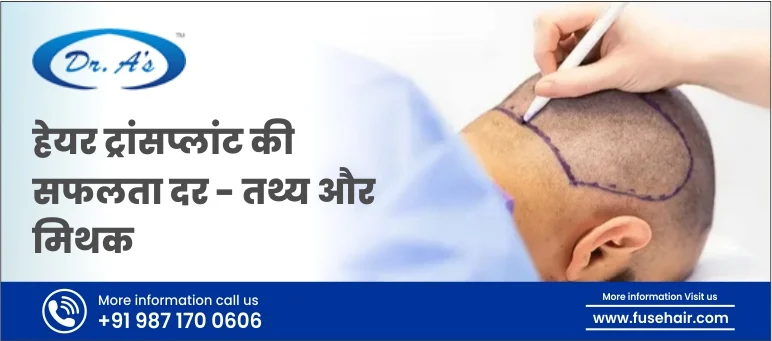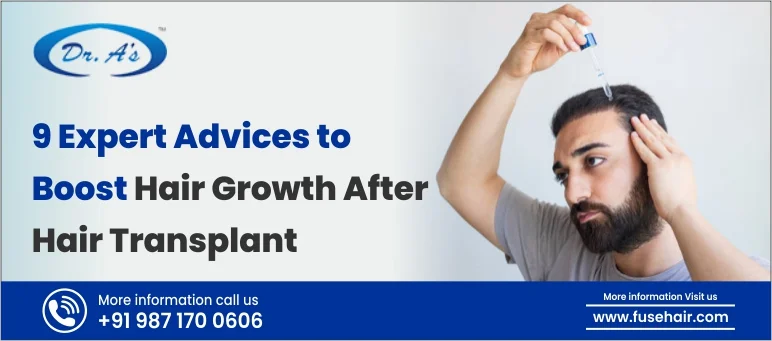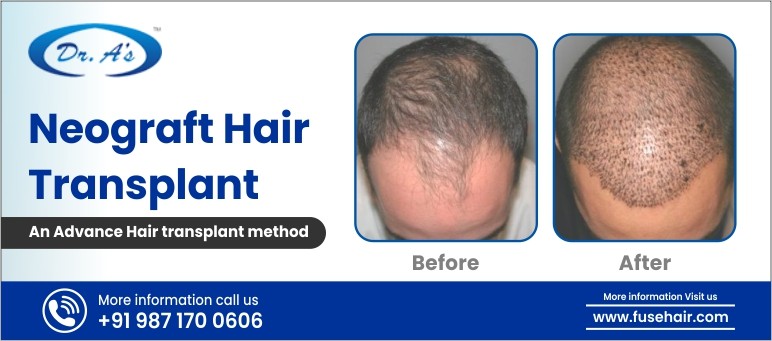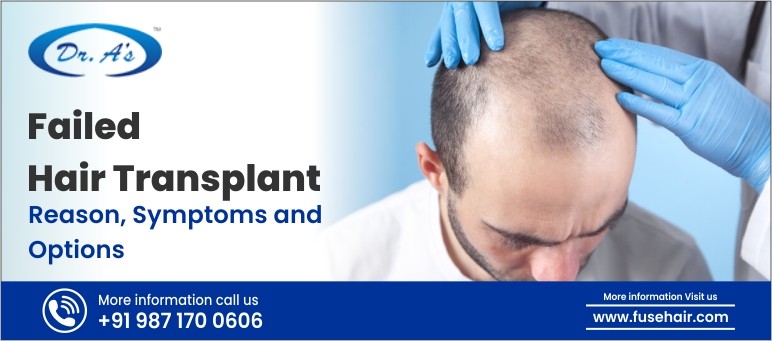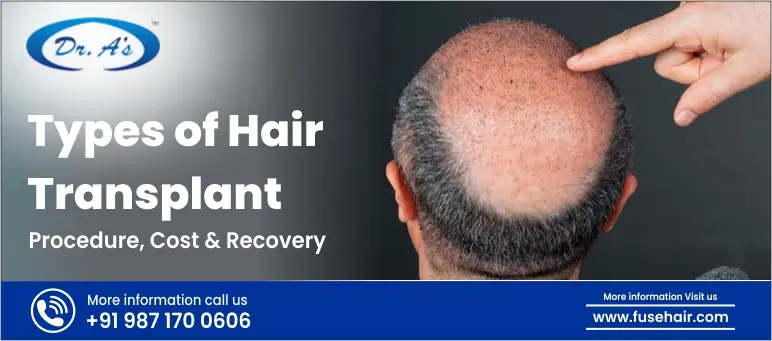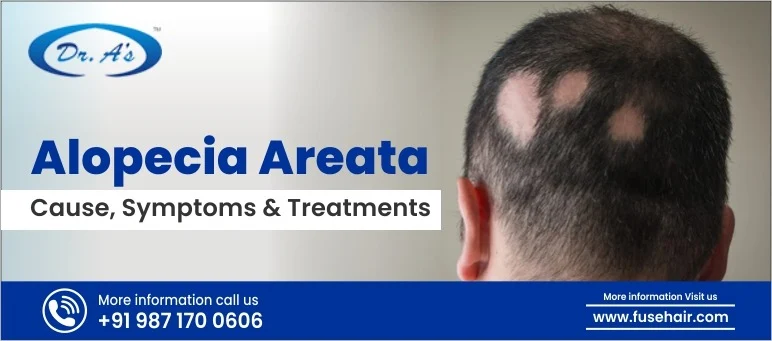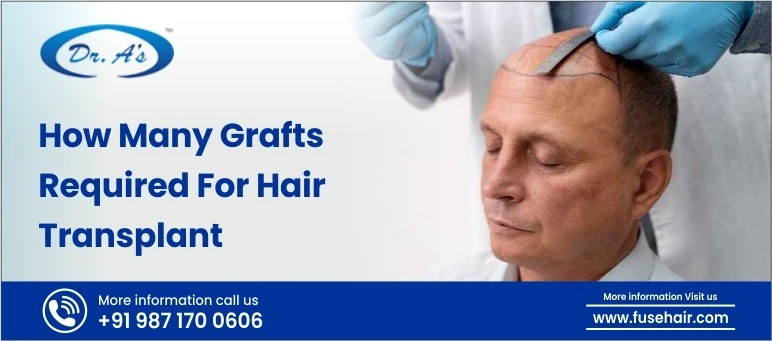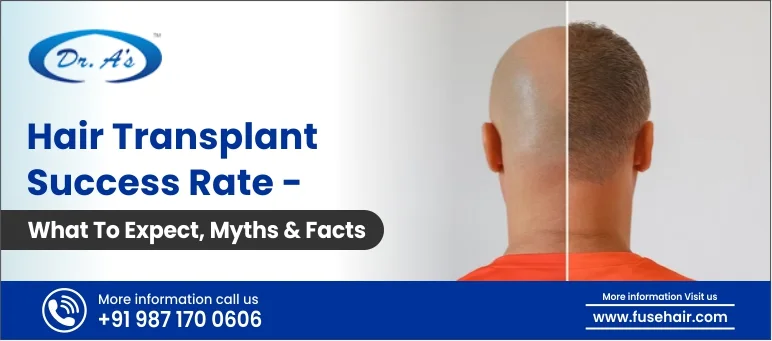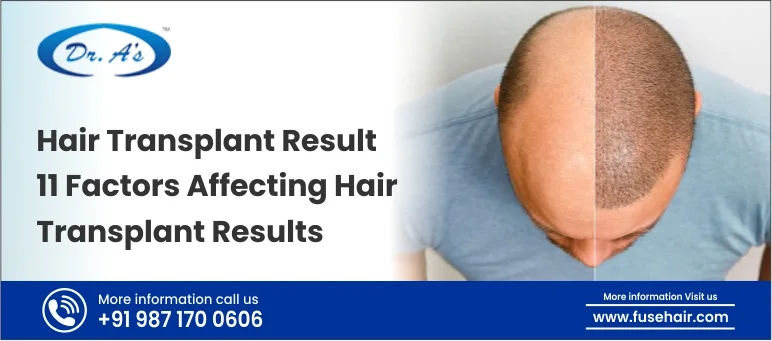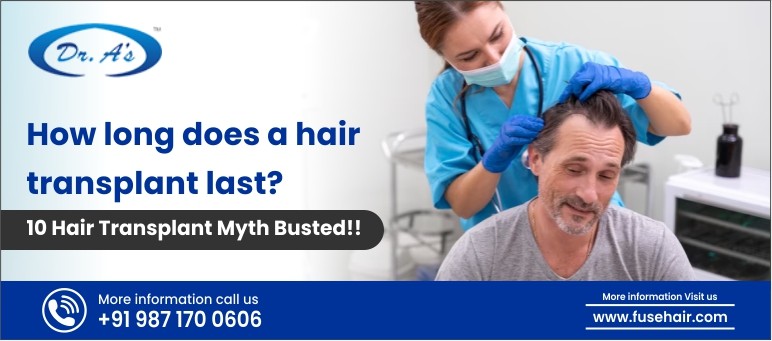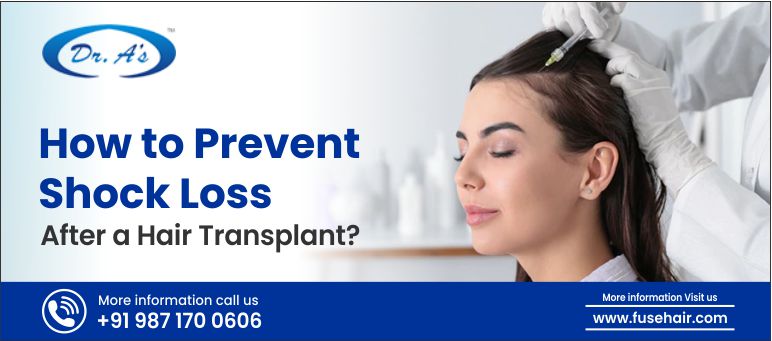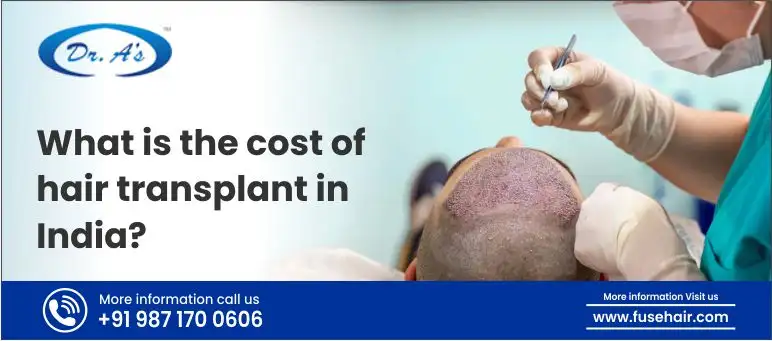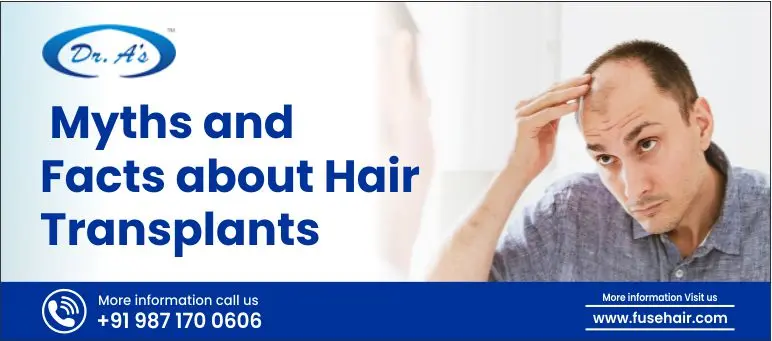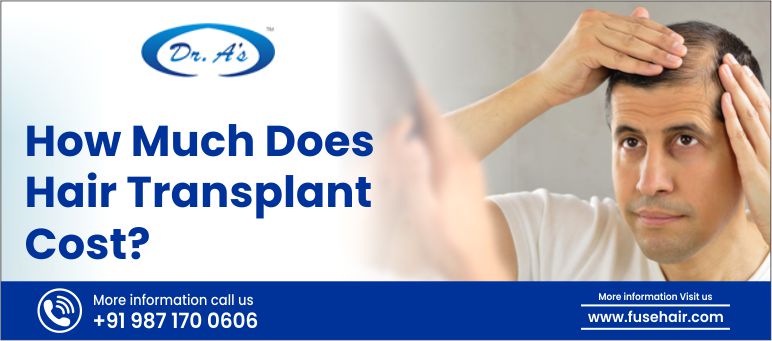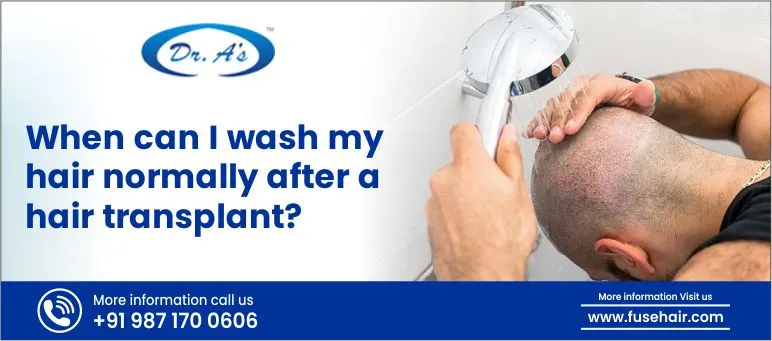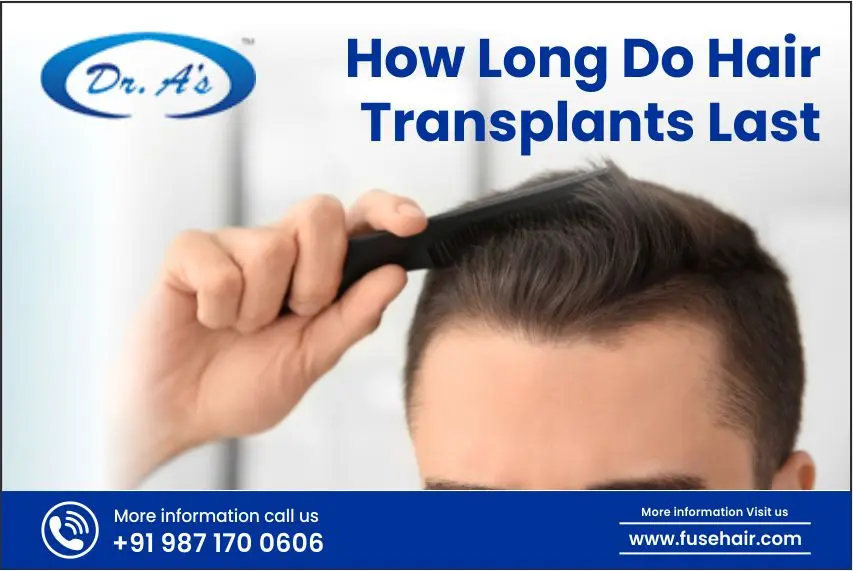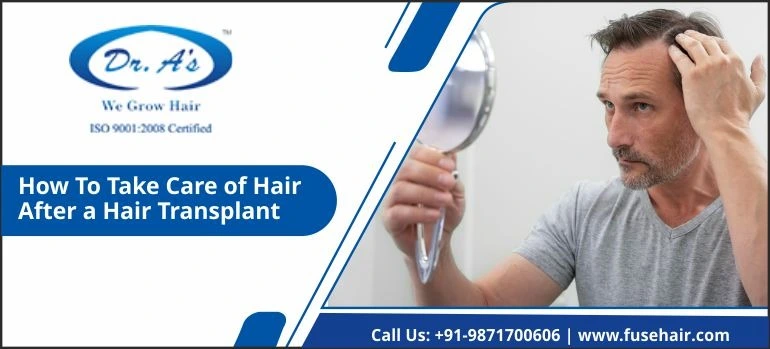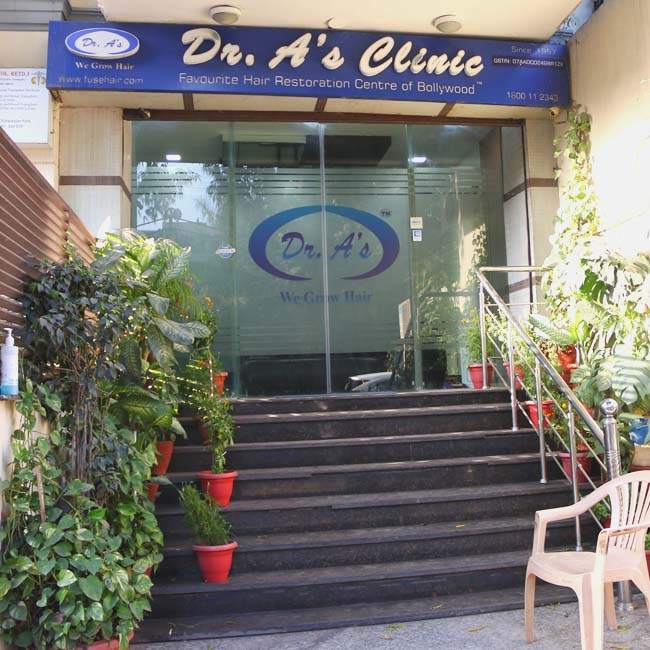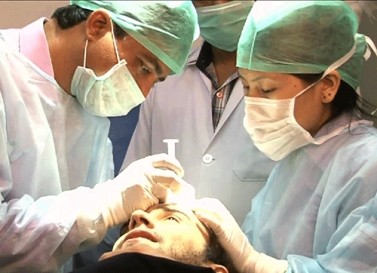
Hair transplant is a life-transforming procedure, but recovery is important in the process. Itching in the donor area, the place on the scalp where follicles are taken, is one of the most widespread and frequently annoying experiences a patient can have. Even though this feels entirely normal, scratching it may have terrible effects on recovery and outcomes. Most patients, particularly during the initial two weeks after the operation, are unaware of the consequences of giving in to this seemingly innocuous impulse. For a safe and smooth recovery, it’s vital to consult an experienced surgeon.
Dr. Arvind Poswal at Dr. A’s Clinic is renowned for his expertise in hair restoration and post-transplant care, offering personalized guidance to ensure optimal healing and long-lasting, natural results.
This article will cover how itching can occur following the hair transplant, why one should avoid scratching, and the most effective methods of dealing with pain and promoting healing.
Why Itching Happens After a Hair Transplant
The healing after a hair transplant is usually accompanied by itching. It is one of the body’s reactions to the healing process. The area with donor hairs (usually, the back or sides of the scalp) is subjected to incisions or punches to leave small holes (FUT method or FUE method). These micro-wounds cause an inflammation process as the skin goes into a recovery mode. Itchiness comes as the nerve endings restore and replace tissues. Itching is also caused by the development of scabs.
These minuscule crusts shield the healing of the wounds, although it can result in dryness and inflammation of the scalp surface. Otherwise, left to themselves, the dryness tends to increase the sensation, and the patients may be tempted to scratch. Second, being rather intensive or slicked badly too soon or with drying cosmetics, shampoo can worsen the irritation caused by infringing on the natural acidity of the scalp. Itchiness can also be increased by sweating and exposure to heat or dust. In others, it can either be an allergic reaction to topical sprays or therapeutic ointments.
One of the things you need to know is that though the feeling is not comfortable, it is not life-threatening in itself. It is an indication that the healing process is being undertaken. Nevertheless, how you deal with that itch can have a significant effect on your overall recovery. Learning the cause of the itching is the first step in dealing with the itching safely and effectively.
Check this informative guide “11 Tips To Avoid Itching In Donor Area.
Why You Should Never Scratch the Donor Area?
Part of the healing process could be seriously derailed by scratching the donor region following a hair transplant procedure, even though this would appear quite harmless. This delicate area should be defended during healing. Any small amount of irritation may result in a scar, infection, or poor regrowth. That is the reason why scratching is not only undesirable but also a necessary interference with transplant outcomes.
Risk of Damaging Healing Tissues
Scratching may seem like a momentary relief, but it can cause serious damage to healing tissues. The donor site is made up of small wounds that are healing and regrowing. Scratching may tear open scabs or sensitive skin to slow down the healing process and may lead to scarring. Even scratching may cause the occurrence of an open wound or the tearing of stitches in those patients who have experienced the FUT method, where a linear incision is applied. The healing environment is delicate, and contact is disruptive even in a mild way. This discontinuity can also lead to local inflammation, which can trigger pain, erythema, or even direct and persistent tenderness on the donor area.
Increased Risk of Infection
The region where the donation is done, particularly the first 7-10 days after transplantation, is susceptible to bacterial infection. Our hands come into contact with many surfaces and germs during the day. By scratching, you are probably depositing dirt and bacteria right on top of healing wounds, and the chances of infection caused by scratching are high. A donor site may go red, swell, develop pus, and become very painful. In severe instances, it can require antibiotics or even a slight surgery to handle. The surrounding follicles here may also be affected by the infections, which pose a problem in case they require another transplant in the future.
Impact on Cosmetic Outcome
Your hair transplant aesthetic outcome is not just about where the hair is moving to, but it is also important that the donor part heals well. The scars caused by scratching can be visible, especially on patients having short style of hair and when the donor area is still open. Patchy regrowth or faint indentations of the skin may also result due to uneven healing. To all those who wish to have another session in the future, destroying the donor site will limit the available grafts in the future. This reduces the number of follicles to harvest, which reduces the amount that can be done to continue the treatment. After all, scratching is also a threat to your present investment; it can corrupt future gains. It is through these risks that it is apparent why your surgery directions tell you not to touch the donor region as much as the itch seems too tempting to resist.
Safe Ways to Relieve Itching and Support Recovery
Itching might be annoying and irritating, particularly at the recovery stage. Itchiness being dangerous, it is necessary to find safe and effective means of relieving itchiness to heal and be comfortable. The guide will address some of the most effective, noninvasive ways of calming your skin and letting your body heal itself.
Keep the Donor Area Moisturized (As Instructed)
Dry skin is probably the most frequent condition causing itching. The surgeons usually advise mild saline sprays or even moisturizer designed to provide after-surgery care. These keep the skin well hydrated and limit the desire to itch. Dampness prevents the scabs from becoming dry and annoying, but necessitates the scabs to come off naturally. Do not apply normal lotion or oil without the advice of your surgeon. Certain products could have perfume or chemicals that can make inflammation worse. Rather, use medical-grade moisturizers or saline solutions recommended in the post-illness period.
Use Only Surgeon-Approved Shampoos
Dr. Arvind Poswal prescribes a gentle, basified shampoo to the patient during the recovery stage. These shampoos assist in cleansing the scalp and do not remove natural oils, thus drying the scalp. Well, no matter how mild the over-the-counter shampoos are, they can still irritate the scalp unless approved by your doctor. Wait until he allows you to wash your scalp, generally on the 3 to 7 day mark after surgery. Wash carefully. Add water to the shampoo and leave it instead of massaging the head. Not only will it avoid irritation, but it also prevents the inflammation of the donor area.
Avoid Triggers That Make Itching Worse
It could be aggravated by a variety of environmental and behavioral conditions. The common cause is sweating. It is recommended that one should avoid intense physical activity or exercise that causes sweating all around the head for at least two weeks after surgery. Wet weather, wearing tight headgear, or contact with dust and pollution may also aggravate irritation.
Mental pressure is another form of trigger that is normally ignored. Stress may make you more sensitive to your bodily sensations, such as itching. Do relaxing things such as reading, listening to music, or taking light strolls so that the discomfort can be forgotten. Ensure that you sleep with your head reaching up. This not only decreases the swelling but also avoids the presence of pressure that will lead to itching. Never lie down on the donor side, particularly in the initial recovery stage.
Follow-Up with Your Surgeon Regularly
The follow-ups after the surgery are not something formal; they are essential to the correct healing. The surgeons can determine whether the itching is either within the normal level or an indication of a deeper issue like an infection, dryness, or allergy. Virtual consultations can be done by international patients. Those clinics, such as Dr. A’s Clinic (with its experience in worldwide patient care), offer follow-up plans of various types via telephone or video conferencing. Patients are able to exchange photos, communicate about symptoms, and get advice while sitting at home.
When the itching is so bad that it cannot be dealt with, your surgeon will prescribe medicated creams or antihistamines or mild steroids, but only when required. Do not use self-medication or over-the-counter anti-itch products without permission from a health expert. It harms the graft areas, so what works in getting a skin rash may work. The most important thing is to be informed, proactive, and able to reach out to the provider of the treatment to manage the itching of the donor areas. By doing so, you help yourself/cure yourself and, at the same time, save the money spent on your transplant process.
Conclusion
It may seem harmless to scratch the donor area, which may complicate healing, cosmesis, and graft survival. Patients can deal with the pain through proper care, surgeon-endorsed products, and discipline during the process of recovery.
If you’re ever unsure, don’t hesitate to reach out to Dr. A’s Clinic, where Dr. Arvind Poswal, a pioneer in hair restoration, offers expert advice and personal follow-up care to make sure your results turn out just the way you hoped.



